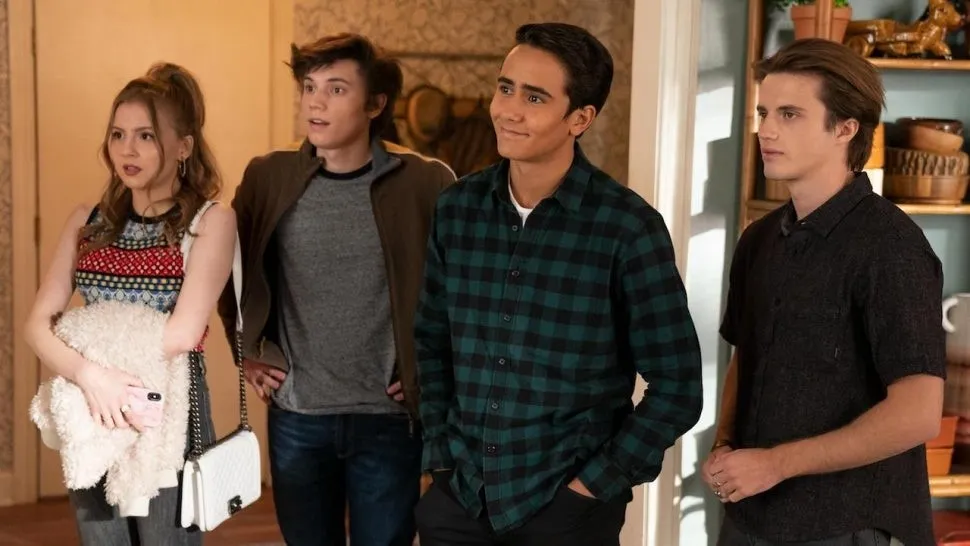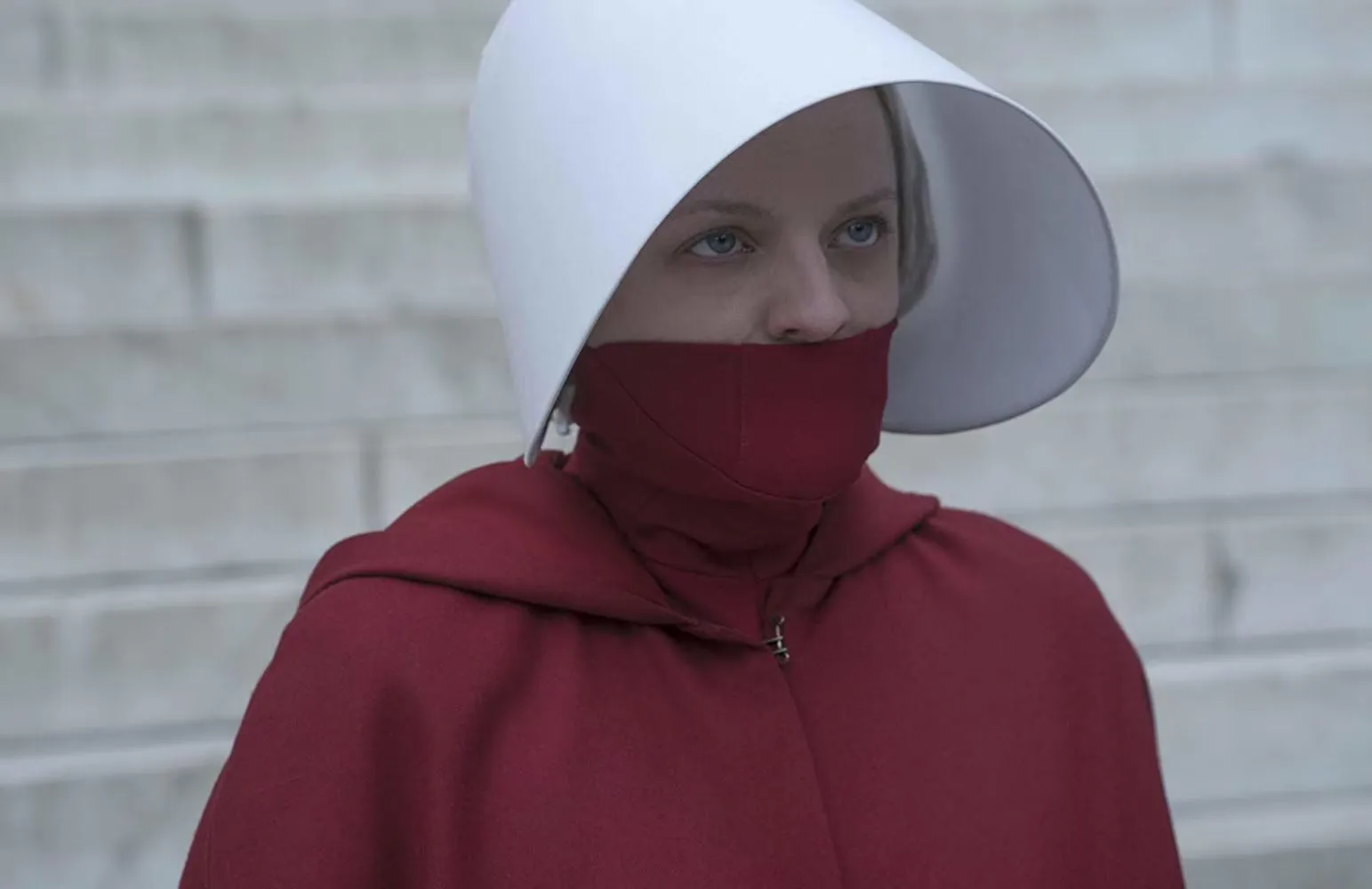After facing incredible challenges, Katie Piper shares that her marriage of 10 years is “hard but worth it” – and her husband’s love has never wavered
After almost a decade of marriage, Katie Piper has opened up about what life behind the scenes of her relationship with husband Richard Sutton is really like. Known to many as a television personality, charity campaigner, and author, Katie is no stranger to speaking candidly about her personal experiences. And when it comes to marriage, she is refreshingly honest.
In a heartfelt interview, Katie admitted that staying in a long-term relationship is far from the picture-perfect image people sometimes expect. “It’s hard but worth it,” she told the Mirror. “I have to be honest because I don’t like to make other people feel bad. Marriage is actually really hard – when you’re young, you’re told it’s all romance, but in reality, it’s partnership, compromise, and not being big-headed.”
For Katie, the essence of marriage isn’t about fairy-tale perfection, but about companionship and shared purpose. She explained that for her, being married is about wanting to “do life” with someone – putting lives together because it’s “better, easier, and more enjoyable” that way. She admitted that while the journey hasn’t always been simple, it has always been worthwhile.

Katie and Richard, who first met in 2013, have built a family together and are now proud parents to two daughters, Belle and Penelope. Family life has become the heart of their world, and Katie is intentional about prioritizing those small but precious moments that make childhood meaningful.
One of her tricks for ensuring quality time? Switching her phone to flight mode at bedtime. “You can lose your temper at bedtime and say things you regret,” she confessed. “I want to be present. We eat dinner at 4.30pm at home, so when I’m away for work and people want to eat at 8pm, I’m ready for bed!” By carving out this undistracted time, Katie makes sure that the busy demands of her career never overshadow the needs of her daughters.

Outside of her home life, Katie continues to inspire millions with her career on television and her activism. Becoming a panellist on Loose Women was a particularly proud achievement. “I like that you’re allowed to be your authentic self on the show,” she said. “It’s a good platform to share your views.” For Katie, the opportunity to be genuine and speak openly resonates deeply with the values she’s carried throughout her public life.
Katie’s daughters are already showing their individuality and unique talents, with one of them displaying a natural gift for singing. She and Richard encourage both girls to pursue their passions without pressure, giving them the freedom to explore and discover their own paths. Interestingly, the children have also been involved in Katie’s charity work, where they’ve met burn survivors and seen first-hand the power of resilience and kindness. This experience, Katie hopes, will help shape their understanding of empathy and compassion.

Katie’s journey has never been defined solely by her career or personal life, but also by her resilience following the devastating acid attack she survived in 2008. Instead of letting that chapter of her life define her, she transformed her pain into purpose. Through the Katie Piper Foundation, she has supported countless survivors of burns and scars, giving hope and opportunities to those navigating similar struggles.
Her story is not just about survival, but about growth, love, and the courage to find joy in everyday life. Today, she continues to balance her role as a wife, a mother, a campaigner, and a television star – showing that even amidst challenges, it’s possible to thrive.
Most recently, Katie has teamed up with vitamin brand Haliborange on their YoungerMinds campaign, which aims to support children’s emotional wellbeing. She explained how important it is to equip children with the right tools to handle issues such as exam stress, sleep troubles, and hormonal changes. For her, initiatives like this are a way of building resilience in the next generation – something she is deeply passionate about both as a parent and as an advocate.

Reflecting on the many layers of her life – from marriage and motherhood to career and activism – Katie remains realistic but optimistic. She doesn’t shy away from admitting that marriage, like life itself, comes with its challenges. But in her words, “it’s hard but worth it.” That honesty is perhaps what makes her so relatable to fans: the willingness to say that love and family aren’t always picture-perfect, but they’re worth fighting for.
Katie Piper’s story is a reminder that true strength isn’t about never facing hardship – it’s about how you face it, grow from it, and share that wisdom with others. Whether she’s speaking on live television, spending bedtime with her daughters, or reflecting on nearly a decade of marriage, her authenticity continues to shine through.
For Katie and Richard, ten years of marriage is not the end of the story, but just one milestone in a journey of love, partnership, and mutual respect. And as Katie continues to inspire with her openness, she proves that sometimes the most powerful stories are not those of perfect romance, but of real-life resilience, compromise, and unconditional love.
News World Business Tech Healthy Tips She walked into the premiere and turned Hollywood on its head. What did Madonna do in 1985 that made everyone stop and stare?

In 1985, the red carpet premiere of

Madonna’s arrival was electric. She didn’t just wear clothes—she wore an attitude. Her look was a perfectly curated yet seemingly effortless mix of punk rebellion, glam sensibility, and downtown New York grit. Layers of lace, fitted leather jackets, oversized bows, crucifix necklaces, bangles stacked up her arms, and those now-iconic fingerless gloves became more than accessories—they were symbols of a new kind of self-expression. She exuded a “take me as I am” confidence that clashed with Hollywood’s polished elegance, and that clash became her magic. Critics may have debated the tastefulness of her style, but no one could deny its impact.
For many young women watching from afar, Madonna’s fashion choices were revolutionary. They weren’t about perfection—they were about personality. She gave permission to mix high and low fashion, to make thrift-store finds as powerful as designer pieces, and to use clothing as a form of rebellion. Teenagers across America and beyond imitated her layered necklaces, tousled hair, and bold makeup, launching what came to be known as the “Madonna wannabe” phenomenon. For the first time, a red carpet wasn’t only about Hollywood glamour—it was about street style meeting stardom.

The premiere also marked Madonna’s transition into film. Desperately Seeking Susan wasn’t her first time on camera, but it was her first major role that captured her personality so vividly. She played Susan, a free-spirited drifter who embodied the same mix of mystery, charisma, and defiance that Madonna herself projected in real life. The line between character and performer blurred, making the film feel like an extension of Madonna’s own myth-making.
The movie was a surprise hit, resonating with audiences who saw in Susan—and by extension, Madonna—an alternative to the ordinary. It was about women searching for identity, freedom, and excitement outside traditional expectations. Madonna’s performance wasn’t just acting; it was a continuation of her ongoing statement: that women could be unapologetically bold, messy, stylish, and in charge of their own destiny.

But perhaps the most important thing about that 1985 moment was the cultural message it carried. Madonna wasn’t simply stepping into Hollywood; she was reshaping it. Up until then, pop stars who crossed into film often struggled to be taken seriously. Madonna, however, used her musical fame as a launchpad, and her film debut as proof that she was a multi-platform force. She was showing the world that the boundaries between music, fashion, and film could be torn down—and she was the one to tear them.
The press quickly caught on. Headlines weren’t just about the movie’s plot or reviews—they were about Madonna’s presence, her clothes, her impact. For some, she was scandalous, a challenge to traditional ideas of femininity and celebrity. For others, she was thrillingly fresh, a burst of authenticity in an industry built on polished illusions. Either way, she was impossible to ignore.

Her timing could not have been more perfect. The 1980s were a decade hungry for reinvention and rebellion. MTV had transformed how music and image intersected, giving rise to stars who weren’t just heard but seen. Fashion was louder, bolder, more experimental, and Madonna was the embodiment of that shift. She wasn’t just riding the wave of pop culture—she was shaping it.
Looking back, the premiere of Desperately Seeking Susan wasn’t just another stop on Madonna’s rise—it was a turning point. It showed that she was not content to be confined to one lane. Music was only the beginning. She wanted film, fashion, influence, and above all, control over her narrative. And she got it. Over the decades, Madonna would continue to reinvent herself—sometimes controversially, always unapologetically—but that 1985 night crystallized the blueprint.

The cultural ripples from that moment are still felt today. Contemporary artists like Lady Gaga, Rihanna, and even Billie Eilish owe part of their artistic freedom to the path Madonna carved. The mix of music, fashion, and visual storytelling that is now standard in pop culture was, in many ways, pioneered by her ability to command attention across mediums.
When we revisit photos of Madonna on that red carpet—the layered lace, the messy curls, the knowing smirk—it’s not just nostalgia. It’s a reminder of how one woman stepped into a premiere and shifted the direction of pop culture. She showed that being a star wasn’t about fitting in—it was about standing out, about creating a persona so magnetic that the world had no choice but to watch.

In the end, the 1985 Desperately Seeking Susan premiere was more than just an introduction to Madonna the actress. It was the announcement of Madonna the icon. From that night forward, she wasn’t simply performing for audiences—she was leading them, daring them to see fame, fashion, and femininity in entirely new ways.
Madonna didn’t just walk the red carpet. She claimed it, rewrote its rules, and transformed it into a stage where self-expression mattered more than tradition. And in doing so, she didn’t just define the 1980s—she defined what it meant to be an icon for generations to come.








